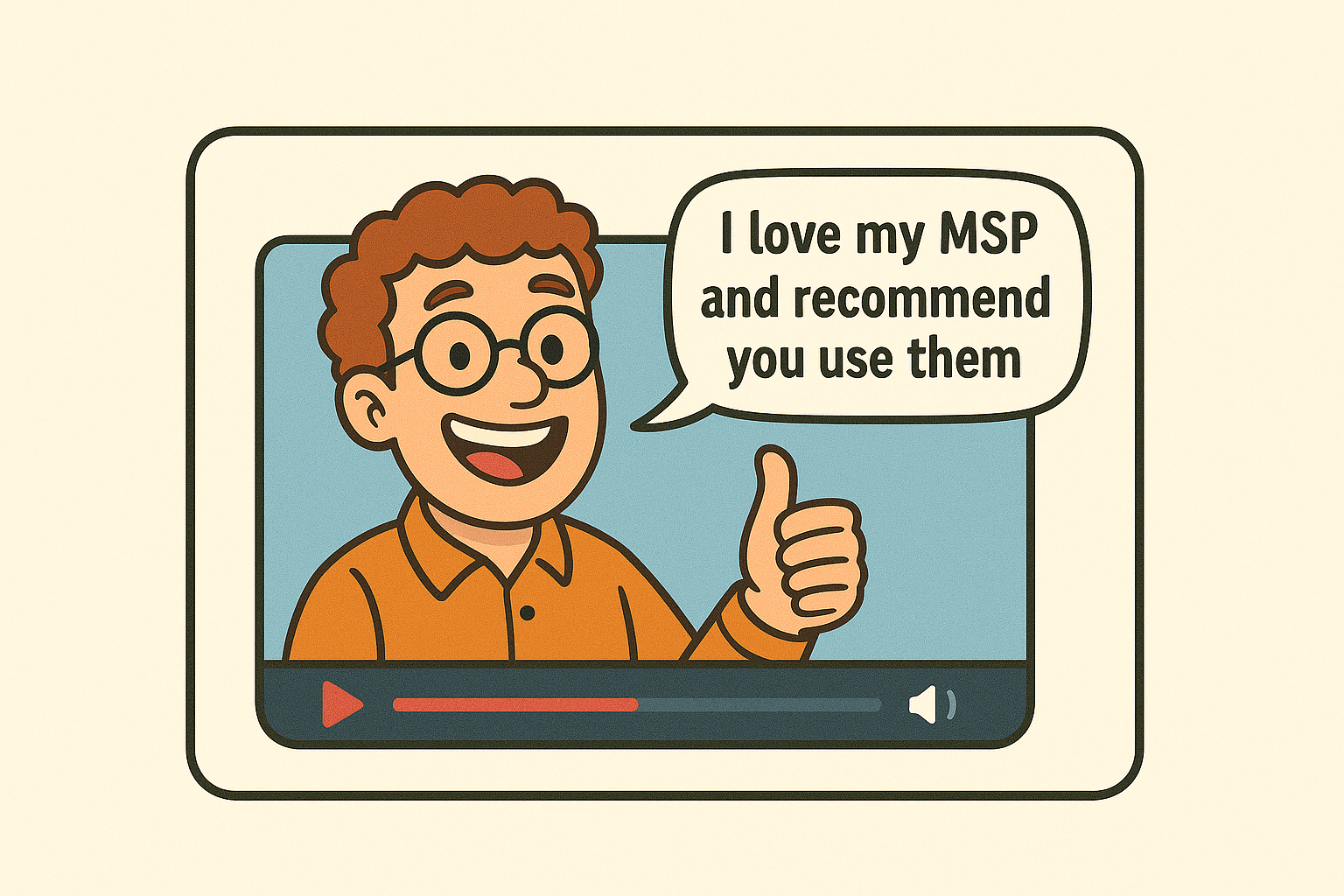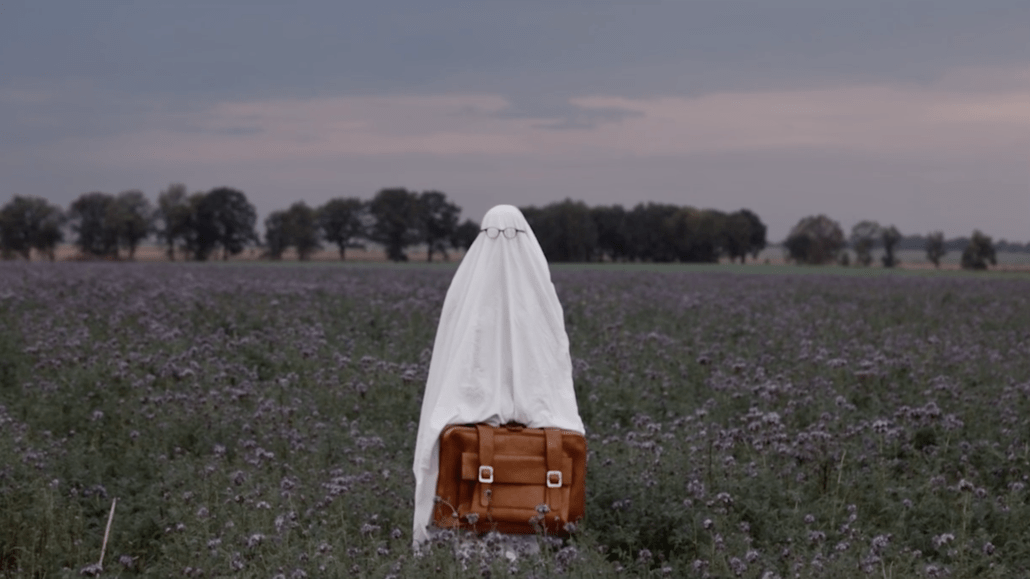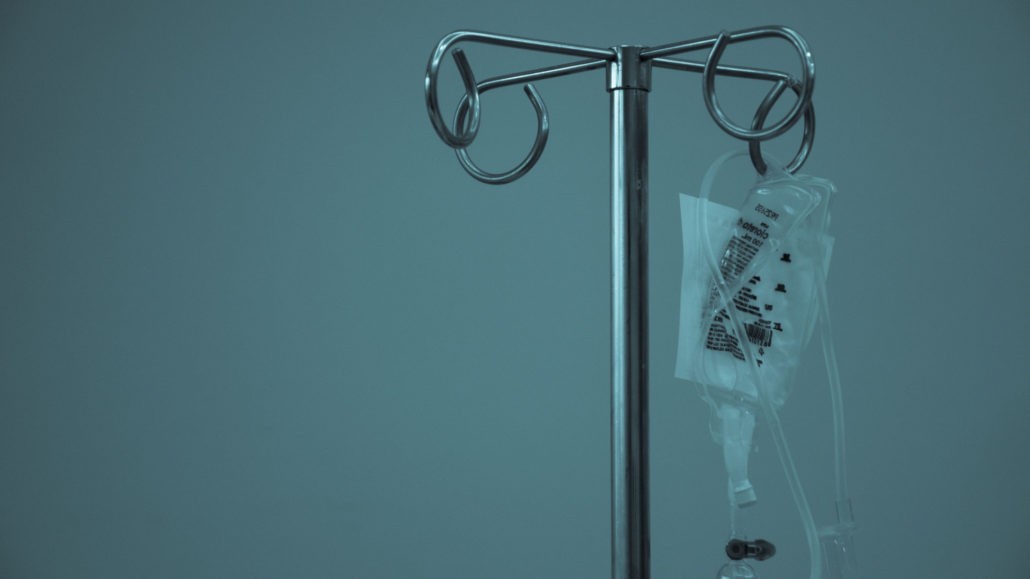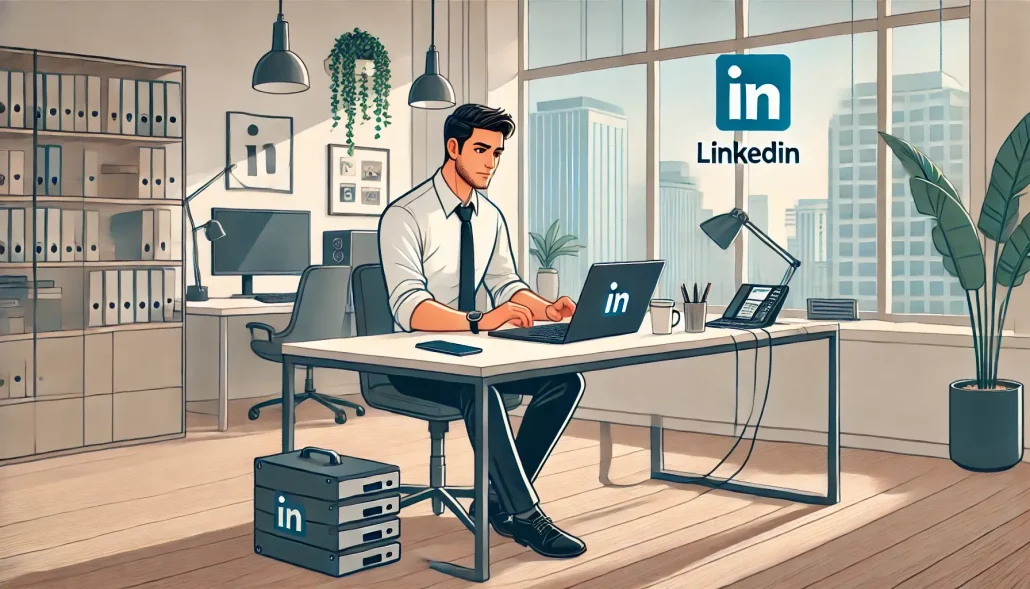This is my mega guide to getting a GREAT video testimonial for your MSP. See how to get it done for you, and the 10 steps to DIY
Collecting lots of social proof is ONE OF THE MOST IMPORTANT THINGS you can do to persuade someone to pick your MSP.
Social proof - in the form of reviews, testimonials and case studies - influences people at a very deep psychological level.
In fact, it talks to us at 'Caveman Level', right at the core of what drives our behaviour.
Let me explain.
100,000 years ago we were not at the top of the food chain. There were big scary monsters with huge jaws and jagged teeth that could (and did) eat us.
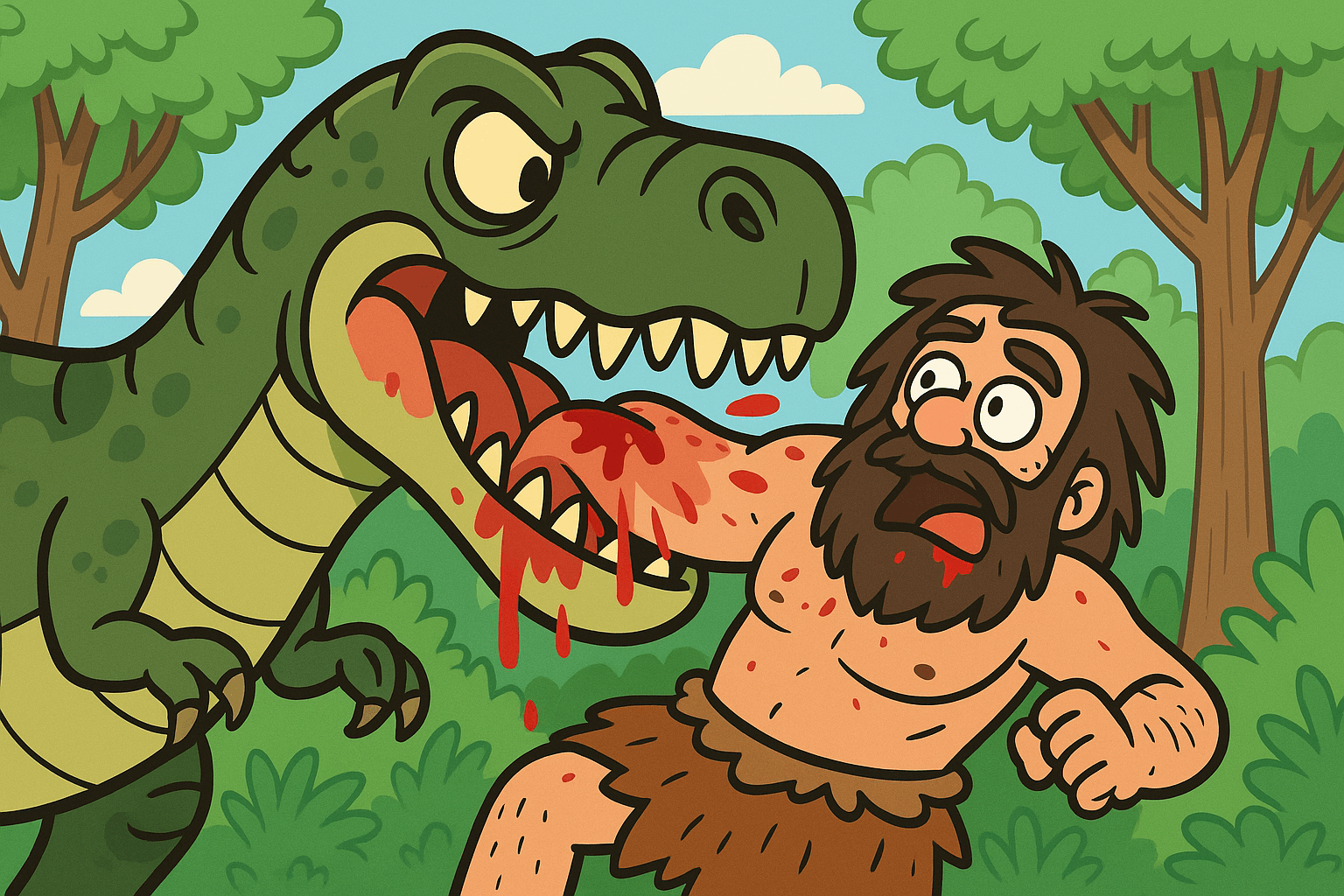
I know dinosaurs and humans never existed together, but go with it...
And so the cavemen and women who survived to breed were the ones who were better than the others at not being eaten. We know this today as survival of the fittest, and how it drives evolution.
One of the most powerful tools to avoid being eaten is to watch what everyone else is doing - and do the same.
It's a kind of herd mentality you still see today in animals at the bottom of the food chain. If one sheep runs, the others in the flock do the same.
Importantly, they don't think about this. They feel very strongly compelled to act. It feels safer that way.
That's what cavemen did back then. And 4,000 generations later, it's what decision makers still do today.
Understand this: Most people, most of the time, prefer to do what most other people are doing.
And that in a single sentence explains why social proof is so powerful.
- When we see other people...
- And we perceive they're like us...
- And they clearly trust a business...
- It feels safer to do the same.
(side note - if you're one of the tiny minority who proudly claims "social proof has zero influence on me", then look out for sabre-toothed tigers. They're watching you closely, licking their lips).
The most powerful form of social proof is a video testimonial. You get a happy client, on camera, telling your prospects why they trust your MSP.
You want that?
Yes? Good.
I'll be honest, there's a fair amount of work to get it. You can throw money at the problem to outsource it (a suggestion, not a recommendation).
Or use a platform that prompts your clients, which is risky for an MSP in my opinion as it's easy for them to ignore (and you only have dozens of clients to ask, not thousands).
Or you can follow my step by step instructions and DIY.
I've pulled the following 10 steps together this week while personally interviewing 16 of my MSP Marketing Edge members about their experience with us. It's been such fun - and we're compiling a series of testimonial videos to go on our website.
Here's a sneak peak:
And here's how to get your own video made.
STEP ONE: Be clear what you want to achieve
The perfect video testimonial:
- Is about 30 to 60 seconds long
- Tells a story about how someone went from A to B with your help
- Makes the viewer feels happy they could achieve the same result (working with you)
Never forget that someone hires your MSP because they want a specific outcome - ease of growth, extra profit, increased productivity, less staff moaning, etc. That's the transformation story you want to tell.
The format for your testimonial should be:
- Set context (“this is a problem many business owners face”)
- Demonstrate relevance (“1 in 4 small business owners will have this IT problem”)
- Lay out the problem
- Poke the pain
- Present the answer (the answer is always something only an IT professional can do)
- Show a happy outcome
STEP TWO: Decide who to ask
Ask your happy clients. Just be 100% sure they ARE happy with the service before you ask. Nothing aggravates an unhappy client more than a mistimed testimonial request.
Assume about 1 in 5 will say yes. In the next step we'll make it easy for them to say no without feeling awkward.
By the way, if your personal idea of hell is appearing in someone's video, don't assume everyone feels that way. Some people (like me) love being in videos and are excited to be asked. Being filmed can be showbiz to some.
STEP THREE: Phone them or send an email
You know your clients best. Some respond best to a chat on the phone. Others prefer information in a written form that they can digest before acting.
Here's an email you can swipe and use.
Subject line: Can I ask a favour please
Body: Hi NAME. Can I ask a favour please.
We’re always looking for more clients like you. I’m going to launch a new marketing campaign soon.
And at the heart of it, I’d like my favourite existing clients to tell my future clients why they should join us.
How would you feel about telling us how well we’ve looked after you?
Interested? Here's my live calendar: LINK
STEP FOUR: Choose a video platform
Please do NOT do these interviews on Teams or Zoom. They prioritise the live call at the expense of the recording. You want a platform that works the other way round.
Personally I use Squadcast for these kinds of interviews, as well as my podcast interviews. An alternative is Riverside. Both of these record the video in quality on each person's computer and automatically upload it to the cloud.
I highly recommend you record the video twice. So while using a platform, you might remote in to run a screen recorder on your client's computer (with their permission, of course). That way, if the cloud recording fails you can retrieve the backup.
Trust me, your client's patience will not extend to doing the same interview twice.
STEP FIVE: Use this format to make your client feel great
You know the purpose of the interview is to get the video testimonial. But it's also a great chance to strengthen your bond with your client.
Follow this format: Banter -> interview -> banter.
The banter either side of the interview is REALLY important. Your client will probably come onto the call with something they want to talk about. Give that time so they can see you prioritise their needs and wants.
Remember that the interview itself is unusual and exciting for them. If they ask lots of questions about it, share with them how you've done it (feel free to steal my advice here and pass it off as your own 😃).
STEP SIX: Ask these questions
The key to any good interview is to ask OPEN questions and not CLOSED ones.
Closed questions have a finite number of answers and produce boring yes/no answers: "Did you have breakfast this morning?"
Open questions have an infinite number of answers and produce exciting answers: "What was the best thing about your breakfast this morning?"
Here are some questions to get you started. Don't be a slave to them - use them as guidance to help get the story out of your client. But make sure to listen to their answers and ask relevant follow-up questions.
Some of these use the technique of asking multiple questions in one go. That might seem weird. But it actually sets boundaries of what you want your client to talk about. You're guiding them to give relevant answers.
You're also asking questions in a way that encourages them to give self contained answers - answers that make sense without hearing the question. Those make editing the video REALLY easy.
My final piece of guidance on questioning is to use silence as a tool. When your client has finished their answer, stay silent for a few seconds. Some people fill the silence by continuing to talk... and often their second answer is better than their first.
- Give us the 30 second story about your business. What do you do, how long have you been going, what kind of clients do you work with?
- How important is technology to your business? If your technology didn't work properly, what chaos would that cause?
- Before you started working with us, what kind of problems did you have with your technology? How did those problems affect you?
- And now those problems have been removed by us. What kind of difference has that made to you and your staff?
- What was your biggest fear when considering using us? Did it come true? And if not, what happened instead?
- What's your favourite part of your experience with our service? And tell us why.
- If your best friend owned a business and was looking for a new technology partner, and you were to recommend us, what would you say?
STEP SEVEN: Find an editor
Good news - once you've got good footage, you've done the hard bit. Now it's onto the editing, where the magic happens.
You'll be tempted to edit this yourself to save a little money. Please rethink that, as a) it's another job you'll not get round to doing for weeks, and b) someone who edits for a living is going to do a better job than you.
Look back at that video I shared up above. Watch it again. And look closely at the editing.
My editor James (who works with me full-time) has expertly reduced the length of the answers without changing the meaning of what was said. And has given the whole thing energy and flow.
Good editing is not about the technical aspects of cutting and splicing. It's about the art of telling a story.
There are thousands of editors out there. You're looking for one who understands and has edited testimonials before.
Look on Upwork and Fiverr. Make sure to hire someone with testimonials in their showreel. You can make their life (and your life) easy by sending them an example of what you'd like your finished video to look like. An hour spent Googling and watching other business's testimonial videos will save hours in the long run.
PS a smart way to find a great editor is to give the same editing gig to 3 different people. This way, you can compare one video to another to see which you prefer.
STEP EIGHT: What videos to output and where to put them
In an ideal world you'd have at least 3x individual client testimonials, which you can turn into four videos.
The first is a mashup of all 3 interviews. It's like a 60 second summary of how a number of clients feel about your MSP. Again, don't forget to tell a story. Your editor will know how to do that by pulling out clips that take the viewer on a journey.
This video goes on your home page, as high up as you can. The higher up something is on a page, the more likely someone is to see it. This video will influence prospects more than anything else on that page.
Then the three individual case studies go lower down that page, like this:
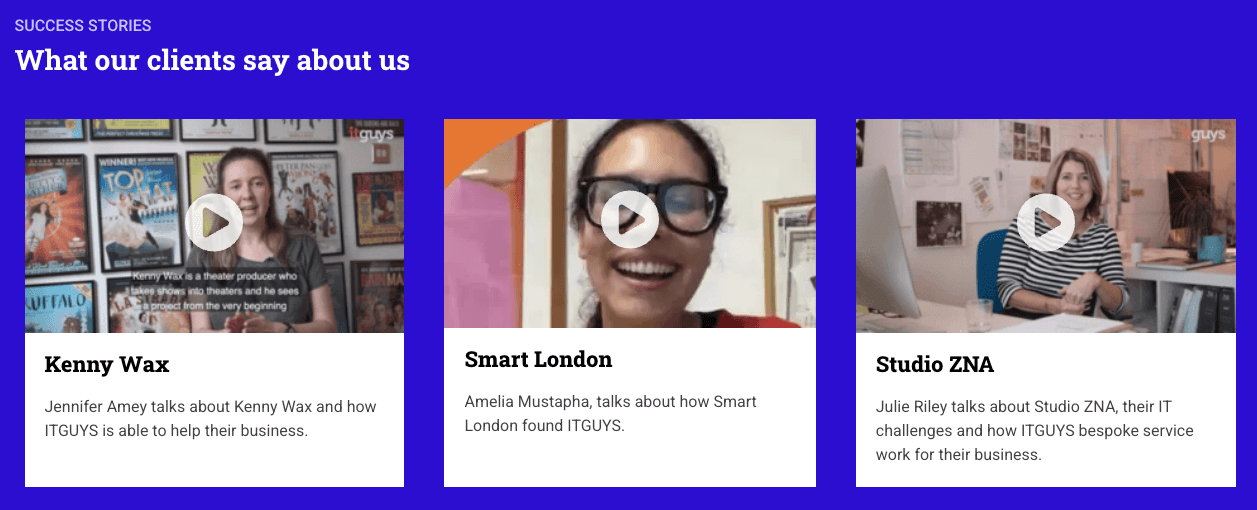
You'd also take those videos and put them on other important pages, especially your about us page, pricing page, and contact page.
If you have other written testimonials, reviews and case studies, consider gathering them all together into a new page called What clients say.
No-one is going to sit and read all of your social proof. But gathering 20, 30, 40 things together in one place sends a very powerful message to prospects.
STEP NINE: Maxxing your testimonial videos
Once you have those videos, you can make them work hard for you for years to come. Some ideas:
- Share them on LinkedIn. Pull out new clips from the raw footage to create new content to share. You can easily use each clip every 2-3 months (because content on LinkedIn is disposable)
- Send your testimonials page to prospects before a meeting. In his original book They Ask You Answer, author Marcus Sheridan suggests you don't take any sales meeting unless the prospect has watched your social proof video first
- Start a YouTube channel. Pin the testimonial video to the top to be a channel trailer. My MSP Marketing Edge members get 5 videos a month from us that they can add to their channel, alongside their testimonial videos
- Repurpose your testimonials into written case studies. These can be given to prospects as part of a proposal
- These written case studies can go across all marketing assets you have. And you can use a screenshot of the client from the video as an image to accompany it
STEP TEN: Shelf life
You got this far? HIGH FIVE! You now have a powerful marketing asset that most other MSPs will never get round to creating.
That gives you a distinctive advantage over your competitors, right?
Make sure you keep the original footage in a very safe place. 18 months from now, you could get a different editor to create new versions for you. Or you could use clips from old testimonials in new mashup videos.
In theory you can use these testimonials for years and years. But I would assume a shelf life of about 3 years. That would be a good time to go back to some new clients and repeat this process again.
In fact, if you have the resources then, you could even send in a local videographer to film your client in person. That would be a huge step up in quality.
